Today I’m helping you become the master of the grill and breaking down what indirect/direct grilling is and when to use each method!
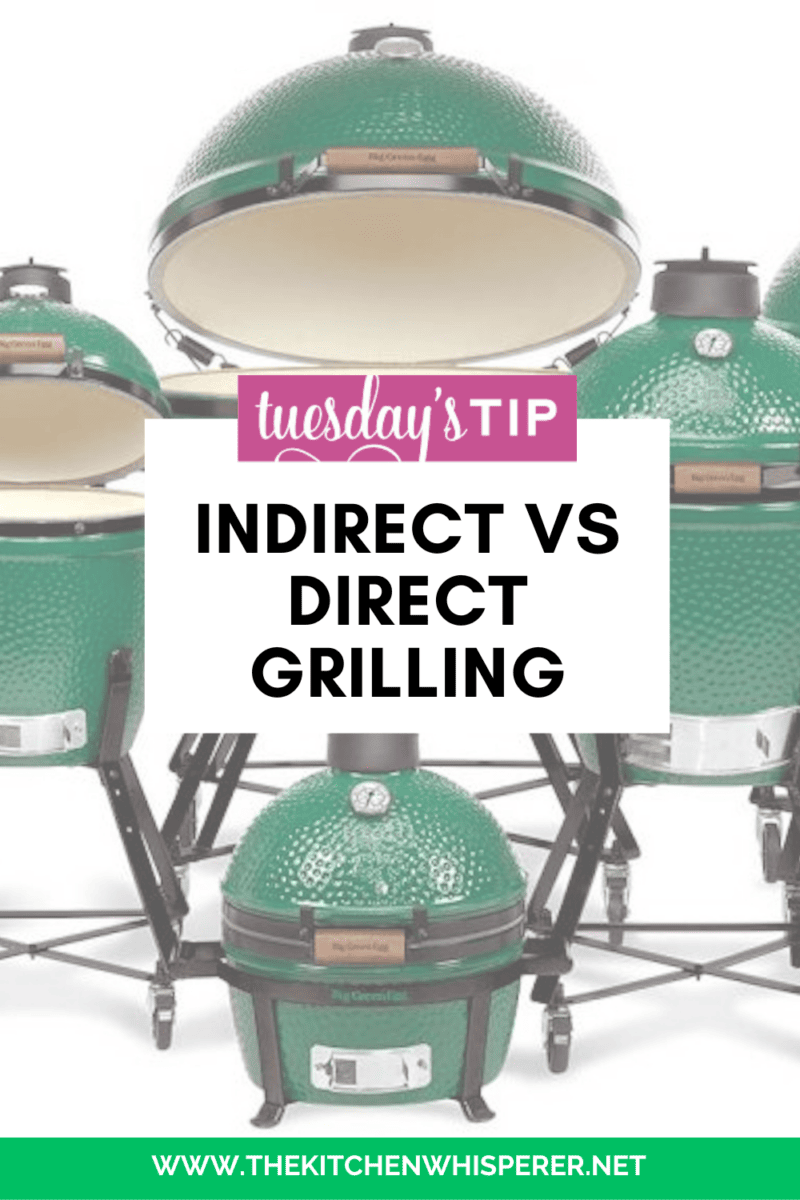
Who’s Ready To Be A Backyard BBQ Hero?
I’m fortunate to live in Arizona where it’s sunny for at least 10 months. Which means I grill all of the time! As a member of both the Big Green Egg team and the Cedar Creek Sculptures team, I’ve been so blessed to gain so much more in-depth knowledge when it comes to grilling.
Just like being a pizzaiolo, grilling used to be more of a men’s schtick. However, over the past 20 or so years the playing fields are starting to even out and I’m seeing more and more ladies grab their tongs and head out to the pits and grills to make some amazing grills.
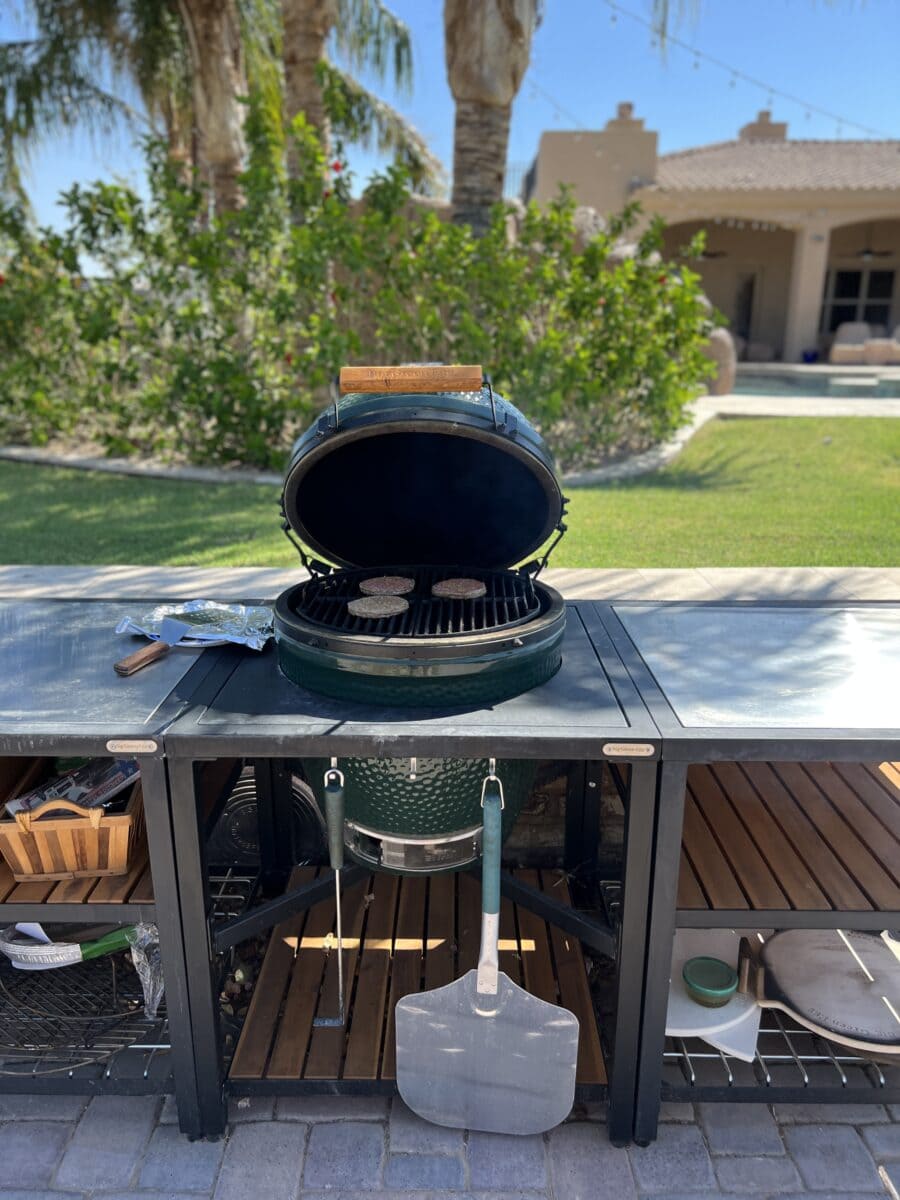
The “lines” have been blurred and it’s time that we all share in the passion of grilling!
Have Flame, Will Grill!
Whether you use direct or indirect heat, it’s all about knowing what these methods mean and when to use them. This little tidbit can help you make the most amazing roasted chicken on the grill or an epic steak that could bring a tear to your eyed
What is Indirect Grilling?
Indirect heat is just as it sounds: it’s heat that cooks your item on the grill but in an indirect method. Instead of the flames or the heat hitting say your whole chicken directly, it’s cooking around the chicken similar to how your home oven does.
The heat circulates up and around the food.
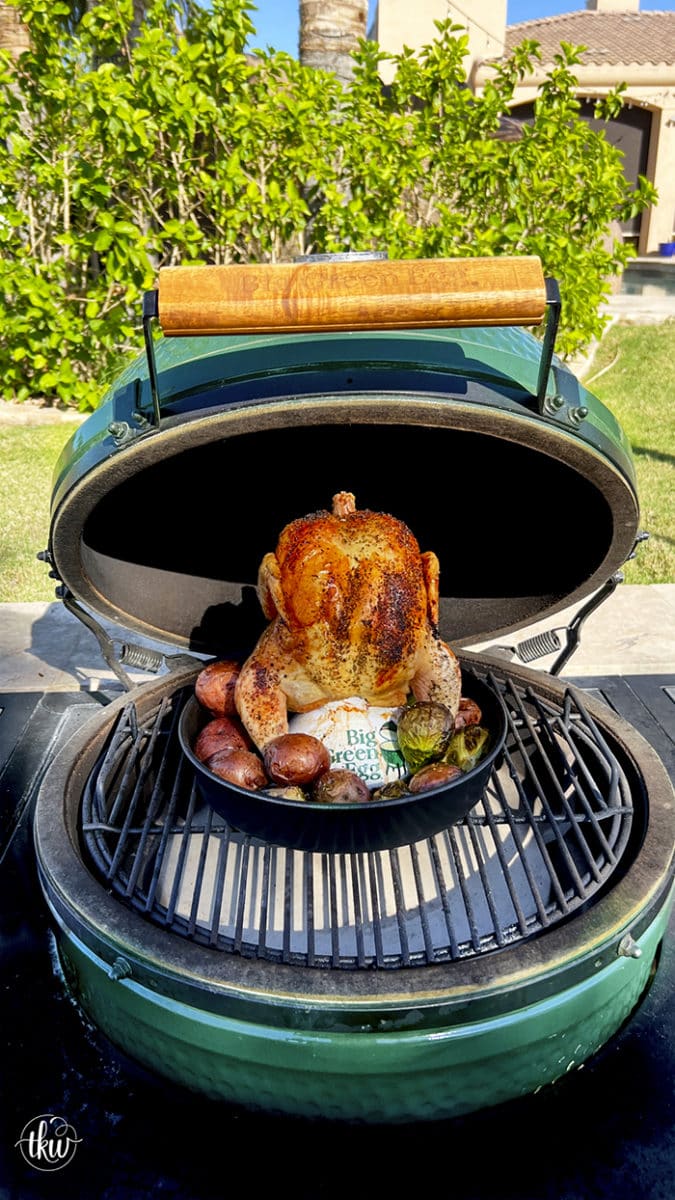
Look at the picture above. Below the grill grates you really don’t see a hot bed of coals or flames. Instead, you see something (white) directly beneath the pan of chicken. When you close the lid, the heat does not directly hit the chicken from the bottom but rather comes out from the sides of the white item (in this case the convEGGtor) and circulates up and around the chicken.
To simplify it, indirect heat cooks your food adjacent to the heat source.
What is Direct Grilling?
When I cook via direct method it’s always a sense of this caveman thought process…fire = good! LOL, Easiest way to explain it is as follows:
- Light the coals/wood/fire and put the grates directly overtop them (unless you’re cooking directly in the fire/ashes). You can put the grates as close to the fire as you want but remember, the closer it’s o the flame, the faster it’ll cook/burn. So you could end up with a burnt burger but with a raw center. There is a fine balance.
- Put your foods directly on top of the grates with the heat source directly beneath it.
Heat transfers to your food from the hot grates to your food. Once in a while, depending on the fat content you make get flare-ups. So you have to watch for this.
So in the case of the steaks below, I cooked them directly over the coals but raised up enough to control the heat. In another post, I’ll discuss air flow and how to maintain the heat/temp.
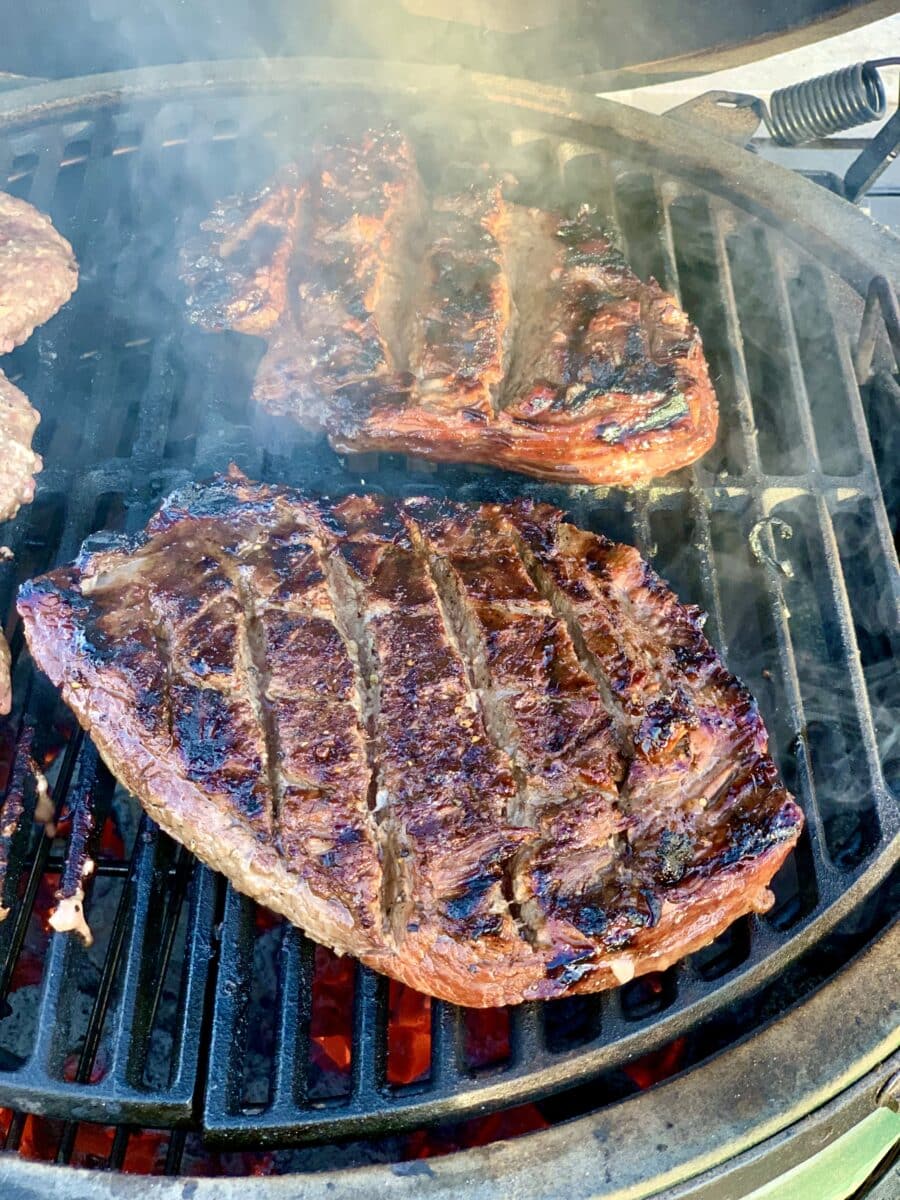
When Do You Grill With Indirect Heat?
This is the one method most folks are more comfortable with as it mimics a home oven. Remember, you’re having the heat circulate around the food but not having the flames directly hit it.
I use the indirect method for:
- Pizza
- Bread/Rolls
- Whole Chickens
- Cedar Plank Fish
- Whole Turkey
- Foods that I need to cook at a low temperature like:
- Roasts
- Ribs
- Brisket
- Thick Chops
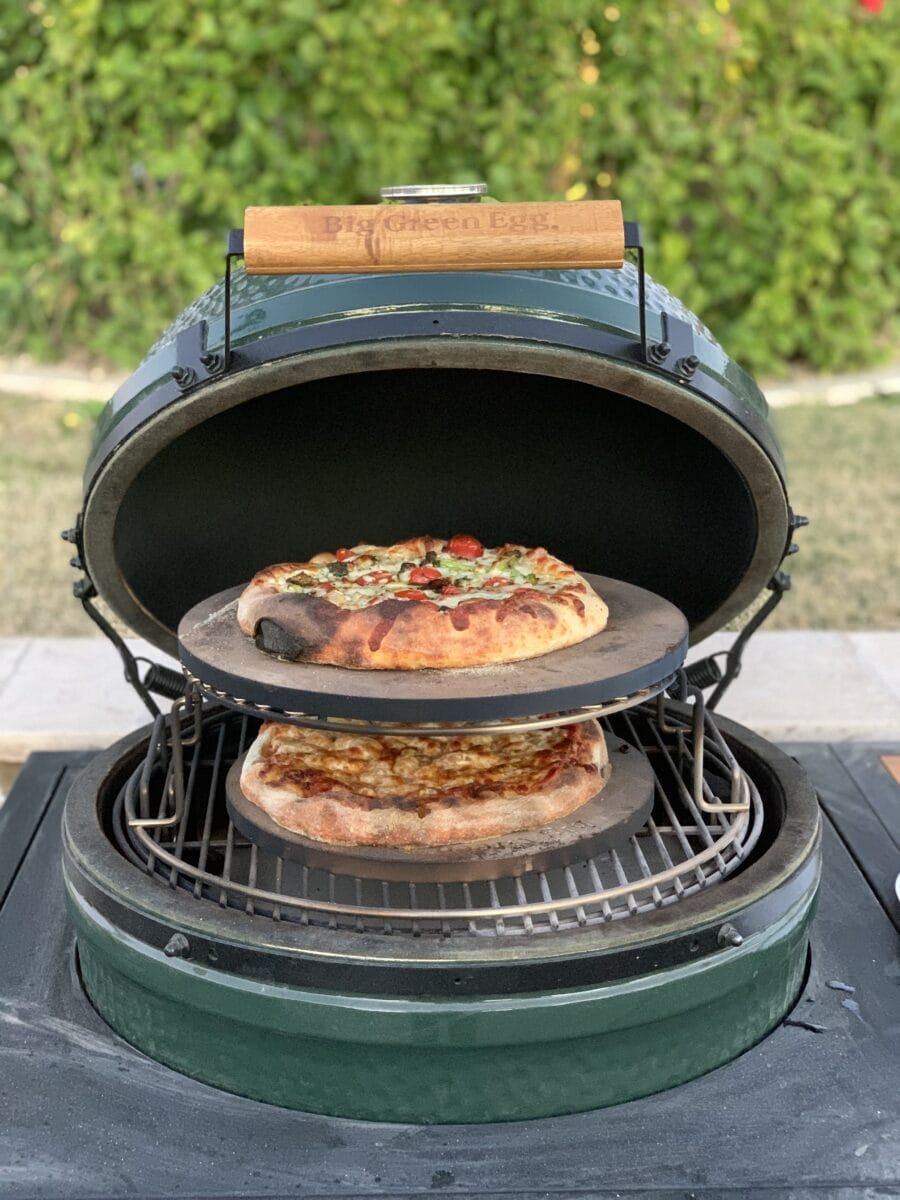
When Do You Grill With Direct Heat?
Direct heat is easy to master, you just have to pay attention and not rush things like pressing down on your burgers or chicken when they are grilling. Seriously, you’re pushing all fo the juices out so stop it.
I use the Direct method for:
- Burgers
- Hotdogs
- Kabobs
- Pork Chops (thin)
- Chicken breasts/thighs
- Veggies
- Steaks
When you think of direct grilling think of Flame-Kissed!
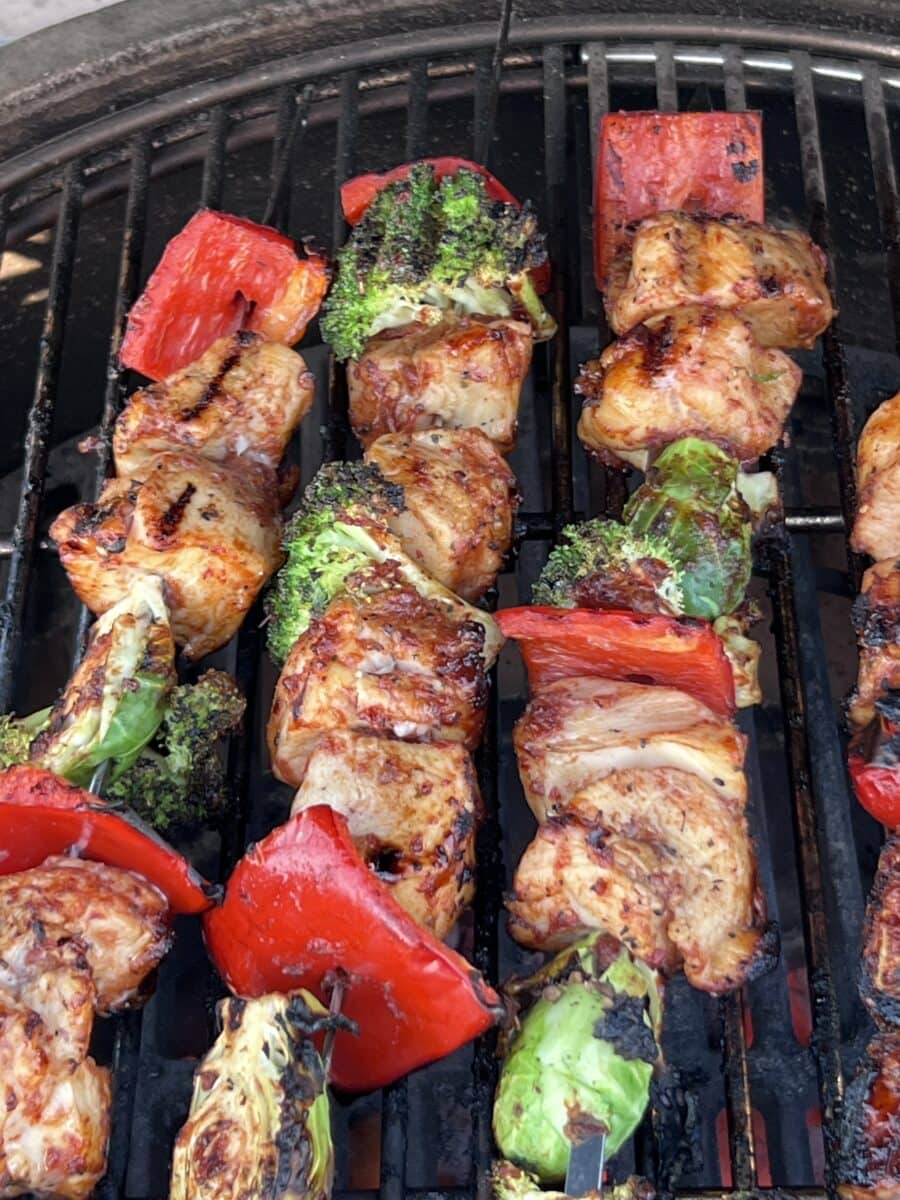
Combination Grilling
I love this method as it’s the best of both worlds. This is where you’ll either start your food with either an indirect or direct cooking method and finish it the opposite way.
For example, a reverse-seared steak. It’s made by initially indirectly grilling the meat until the temperature reaches 100F. Pull it off of the grill, remove the heat deflector, crank the heat up, and finish the steak with a direct heat method until it reaches 130F.






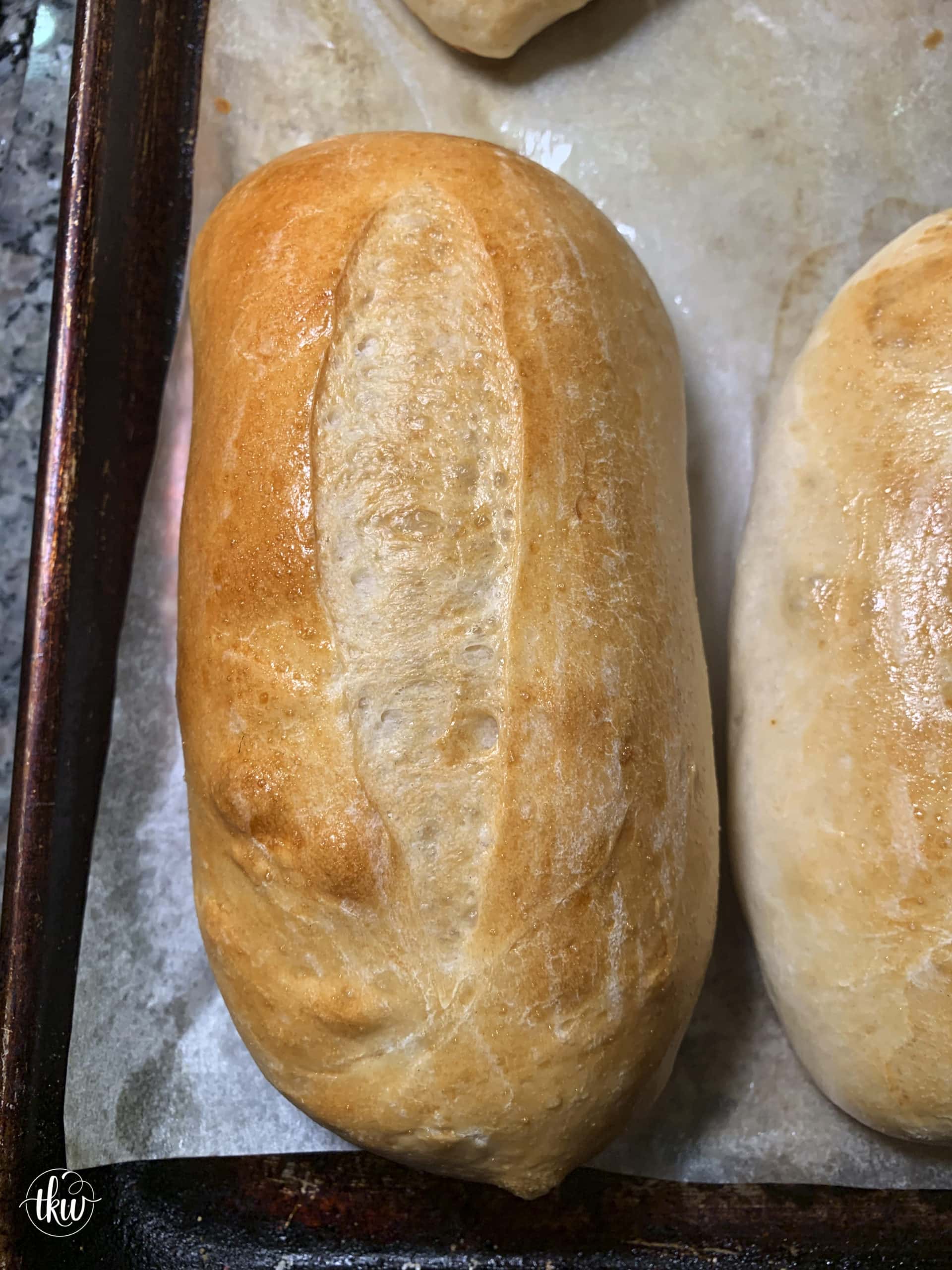
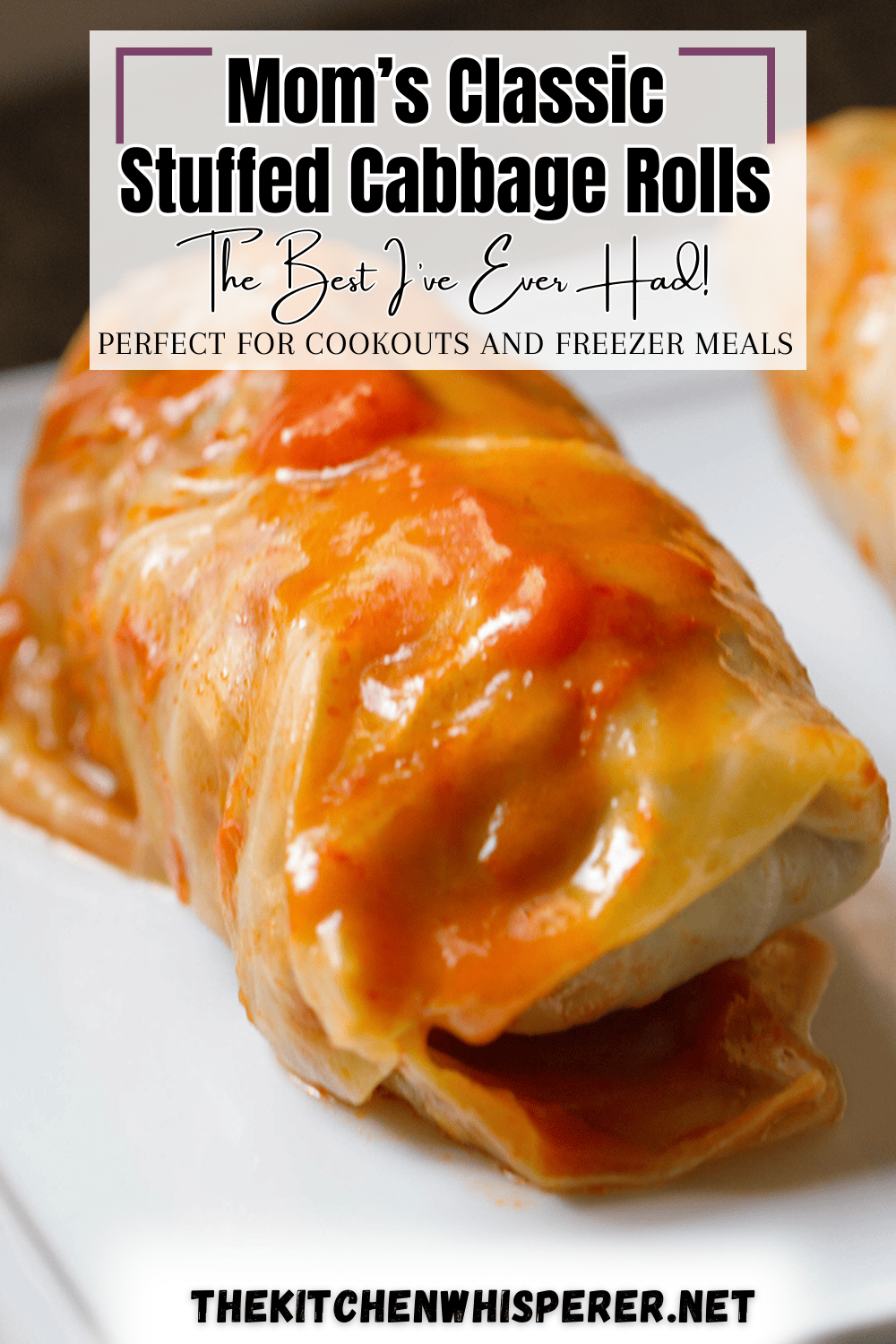
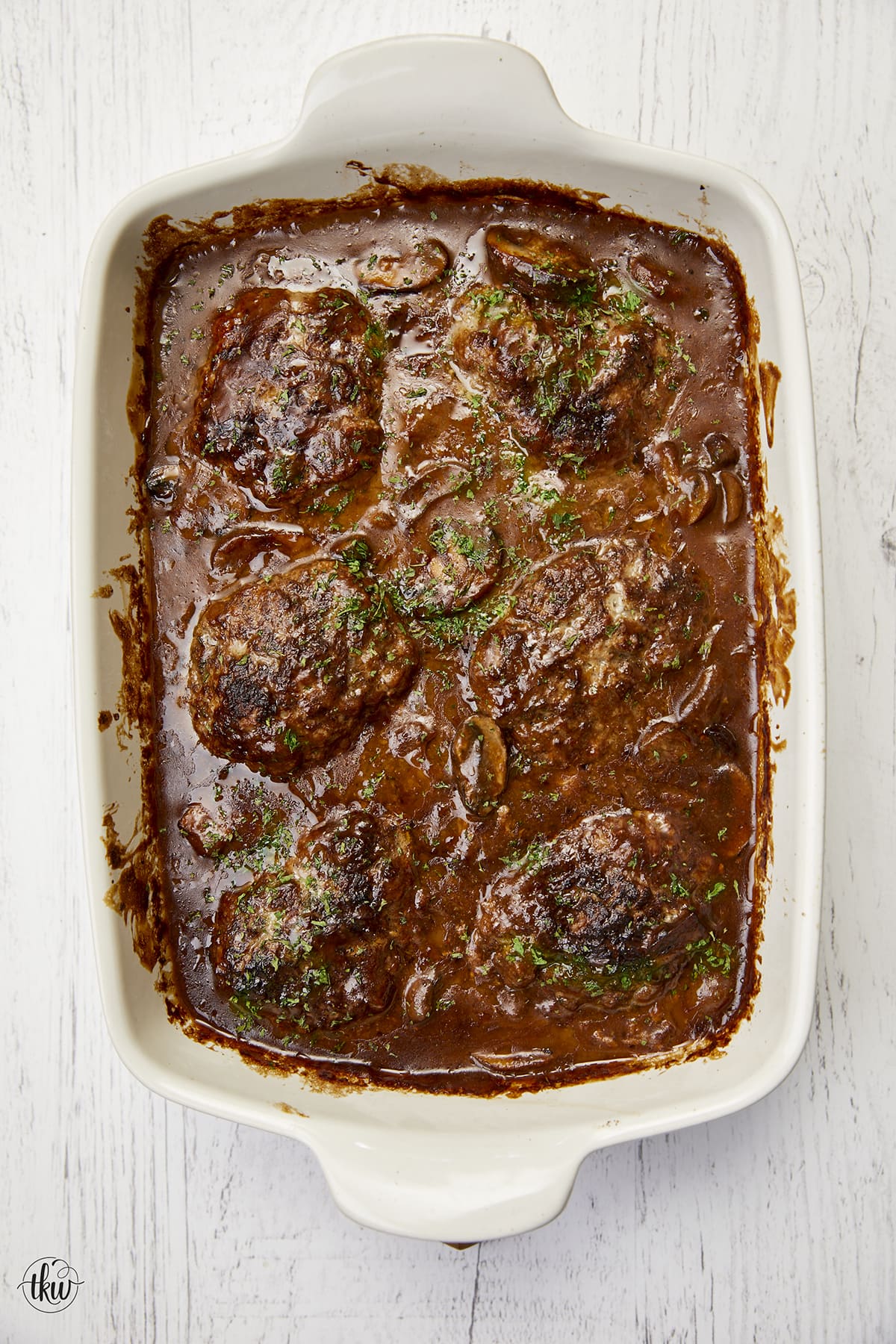

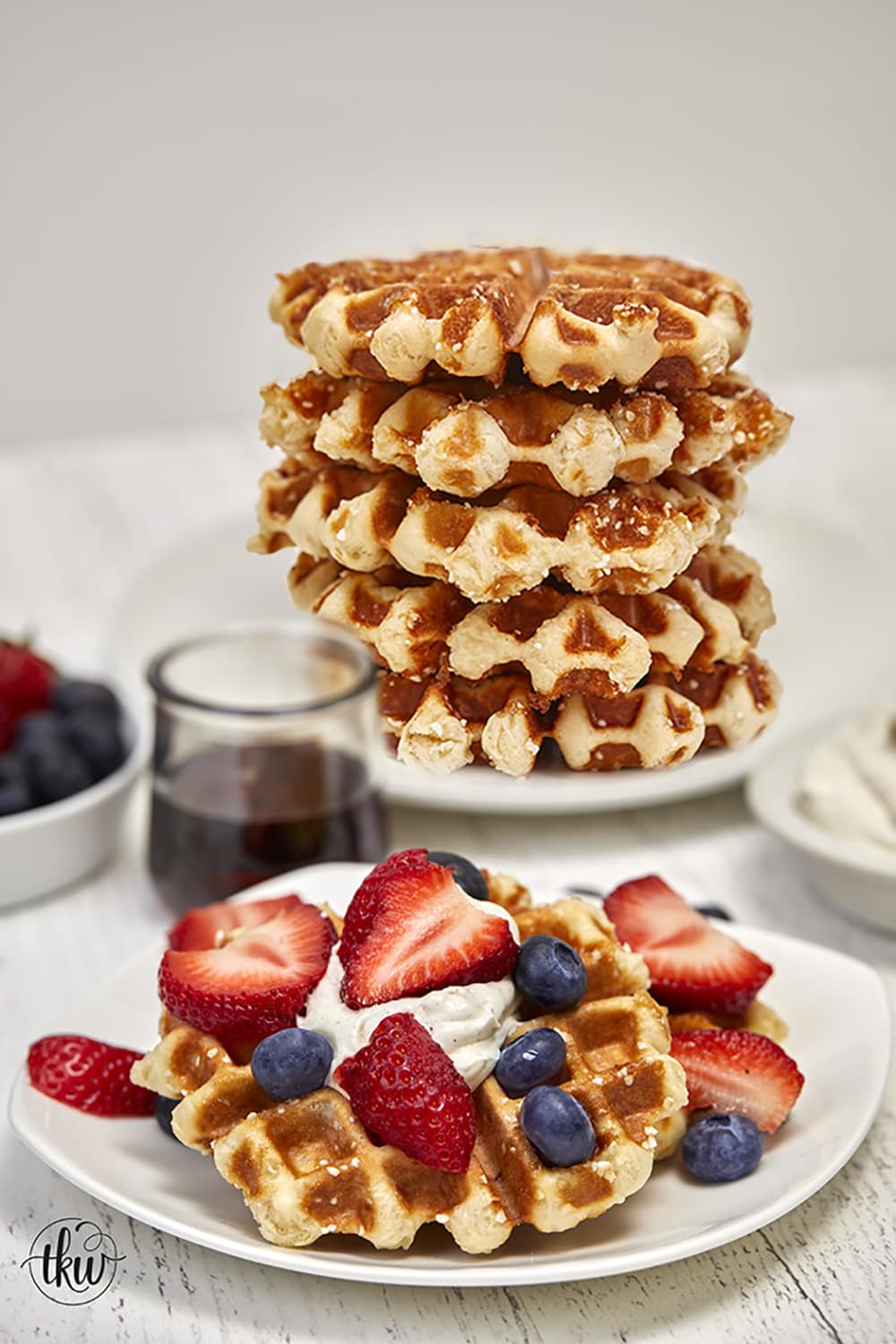

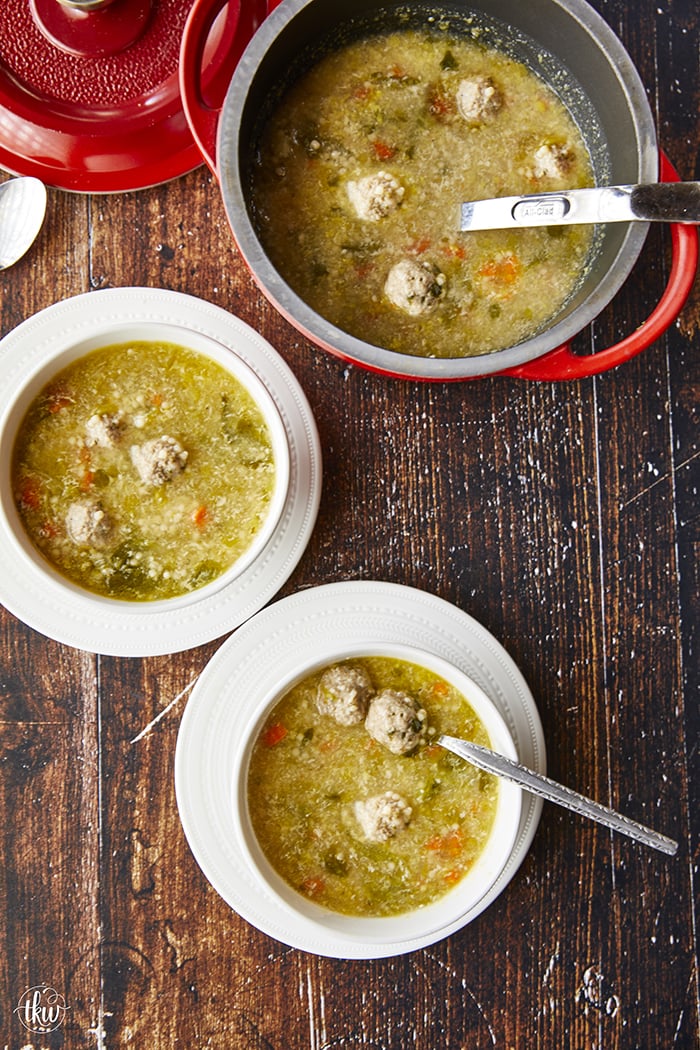
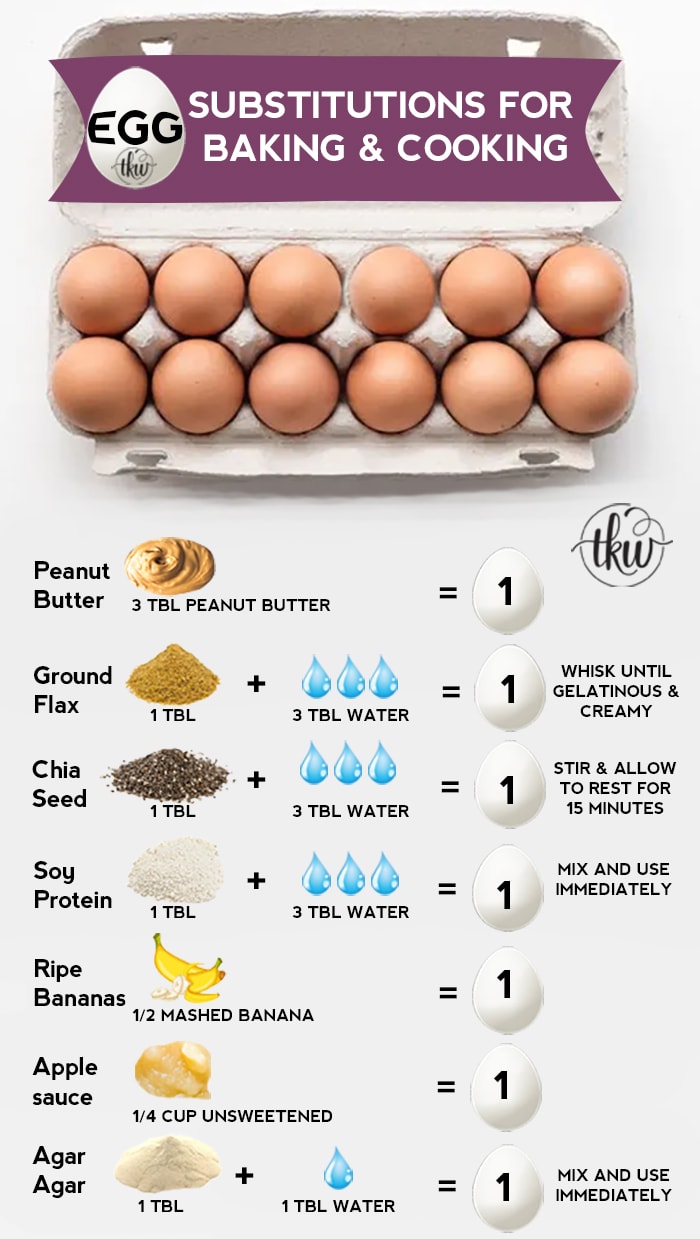
Leave a Reply